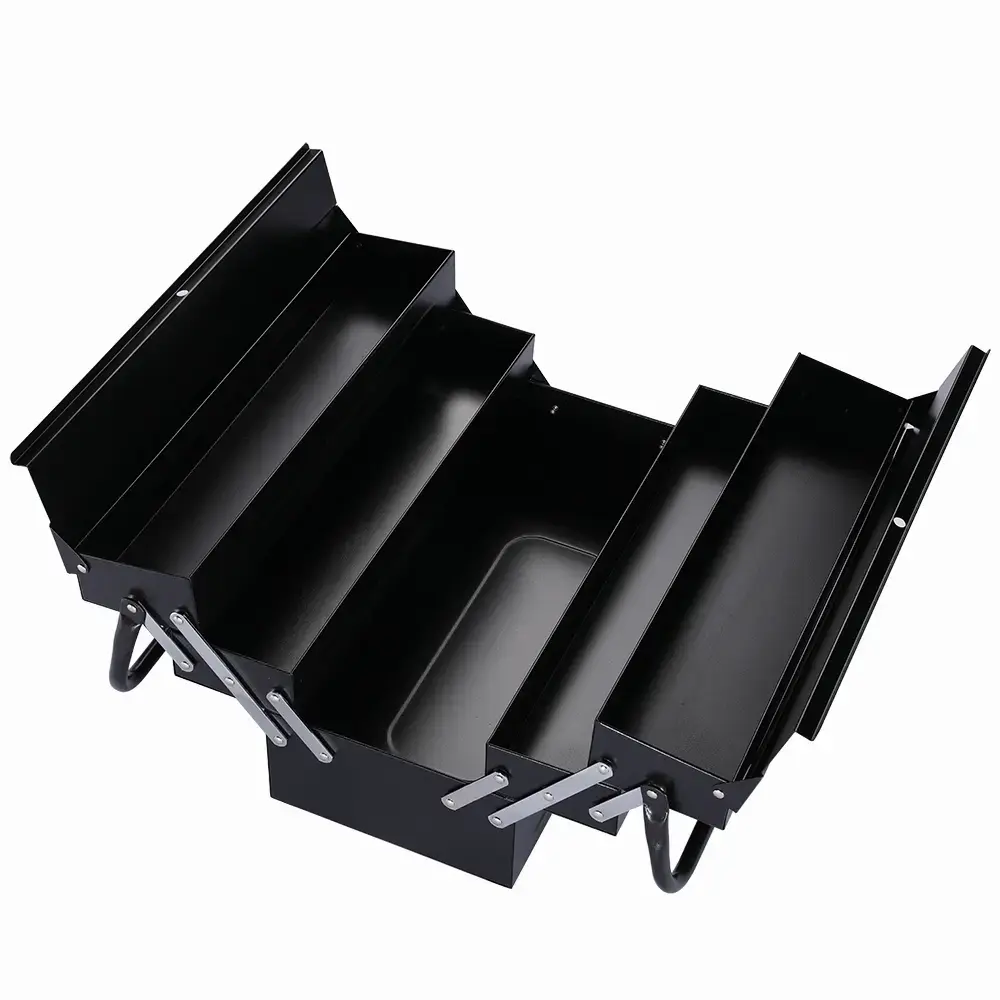How to use the Skip Kit safely?
Because of its convenience and efficient tool storage function, skip toolbox is widely used in home, workshop and construction site. However, the correct use of the bucket kit can not only improve work efficiency, but also effectively reduce the risk of accidents. Here are some important steps and tips for safe use of the bucket kit.
1. Select the right tool kit
When purchasing the bucket toolbox, the appropriate size and material should be selected according to the actual needs. For example, Stanley's multipurpose bucket kit features a sand-painted finish that resists scratches, dissolves, rusts, and has a strong lid and box attachment. This design not only improves the durability of the toolbox, but also ensures stability during use.
2. Place the tools correctly
When using the bucket toolbox, the tools should be classified and placed reasonably to avoid cluttered tools. Tools should be placed in the compartment of the toolbox or in the skip bucket to ensure that there is enough space between tools to avoid damage or slipping due to mutual squeezing of tools. In addition, heavy objects should be placed at the bottom of the toolbox to lower the center of gravity and prevent the toolbox from tipping over.
3. Ensure the stability of the toolbox
When using the tip kit, make sure it is placed on a flat, stable surface. Avoid using the kit on slopes or unstable surfaces in case the kit falls over or slides. If the toolbox needs to be used at a high position, ensure that it is fixed on a reliable support to avoid the toolbox falling due to external force.
4. Follow the operating procedures
When operating the bucket toolbox, the operating procedures should be strictly followed. For example, do not move the toolbox when the toolbox skip is open to avoid tool slip or skip damage. In addition, the tip should be closed in time after use to ensure that the toolbox is closed to prevent tool loss or accidental slide.
5. Regular inspection and maintenance
Check the structural integrity of the tip kit regularly, especially the connecting parts and the hinge parts of the tip. If any loose or damaged parts are found, they should be replaced or repaired promptly. In addition, the surface of the toolbox should be kept clean to avoid affecting its service life due to corrosion or dirt accumulation.
6. Use the right tools
When using the bucket toolbox, ensure that the tools in the toolbox are appropriate for the current task. For example, choose the right bucket or tool to avoid operating errors or accidents due to inappropriate tools. At the same time, stay alert and pay attention to your surroundings to avoid accidents caused by distractions.
Sum up
Bucket tool box is an efficient and convenient tool storage equipment, but in the process of use must strictly follow the safe operation procedures to ensure the stability of the tool box and the reasonable placement of tools. By selecting the right tool kit, placing the tools correctly, ensuring stability, following operating procedures, regularly checking maintenance, and using the right tools, you can effectively reduce the risk of accidents, improve work efficiency, and ensure safe use.

